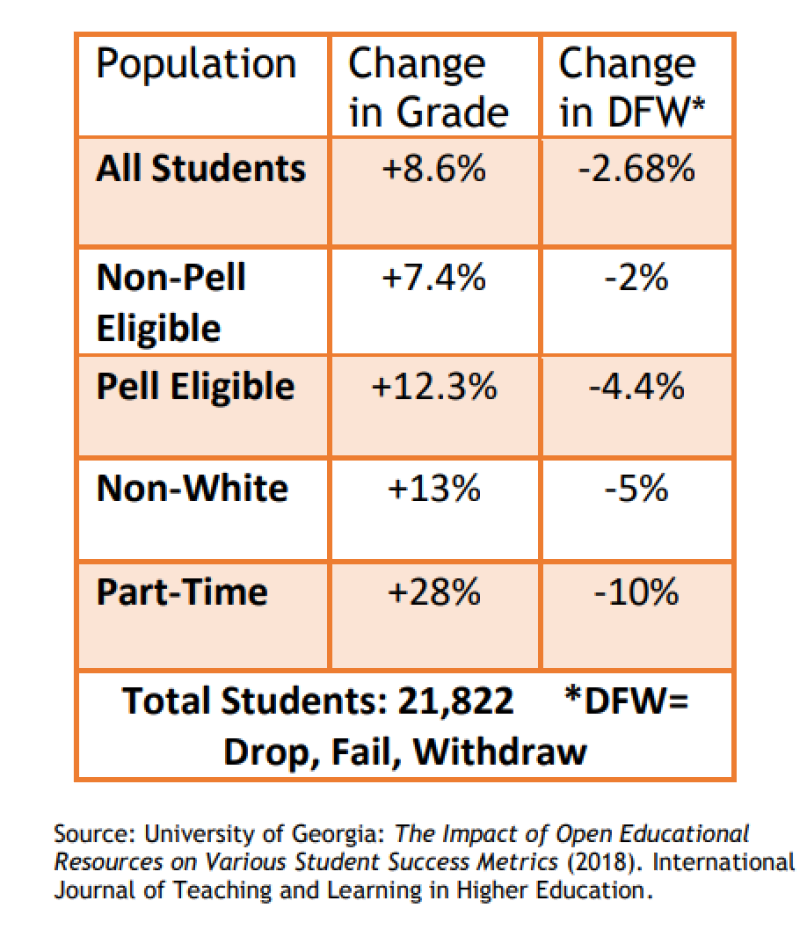Open Educational Resources
Open Educational Resources (OER) provide alternatives to the traditional commercial textbook market. They are openly published texts, videos, lesson plans and other learning objects that faculty can freely adapt for their courses. Read on for more information about finding, using, and creating OER.
What's New?
ASCCC's March 2025 OER Newsletter
What are OER?
Open Educational Resources (OER) are materials that are either in the public domain or licensed in a manner that provides everyone with free and perpetual permission to engage in the five activities of OER that are described below.
- Retain. Make, own, and control your own copy of the content
- Reuse. Use the content as-is
- Revise. Adapt, adjust, modify, improve, or alter the content
- Remix. Combine the original or revised content with other OER to create something new
- Redistribute. Share your copies of the original content, revisions or remixes with others
"Defining the Open in Open Educational Resources" by David Wiley under a Creative Commons Attribution 4.0 license.
Why use OER?
- Traditional textbooks underrepresent the accomplishments of people of color, perpetuate cultural stereotypes, and promote a worldview that minimizes historical and systemic injustices
- Commercial textbook prices are exorbitant, presenting a barrier to many students
- OER can be customized to match the instructor's style and course context
- Students do better in courses that use OER, and students from marginalized groups especially benefit from OER materials

Getting started
Cuesta offers a financial incentive to faculty members who commit to researching OER for their courses, in addition to a bonus for adopting course materials that save students money. Compensation starts at $500 for your first course. If you're interested in signing up for this incentive, please email Wesley Sims, Cuesta's ASCCC-OERI liaison, for more information.